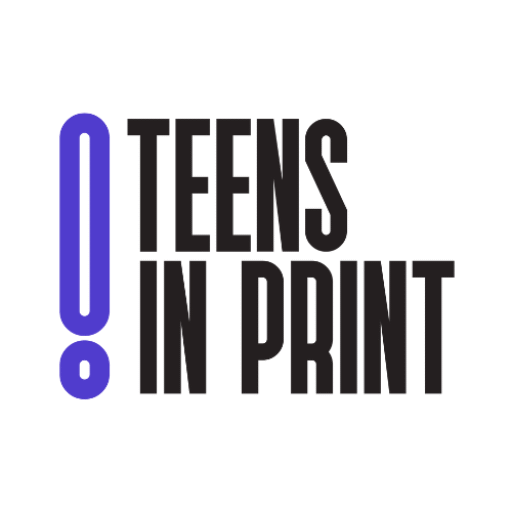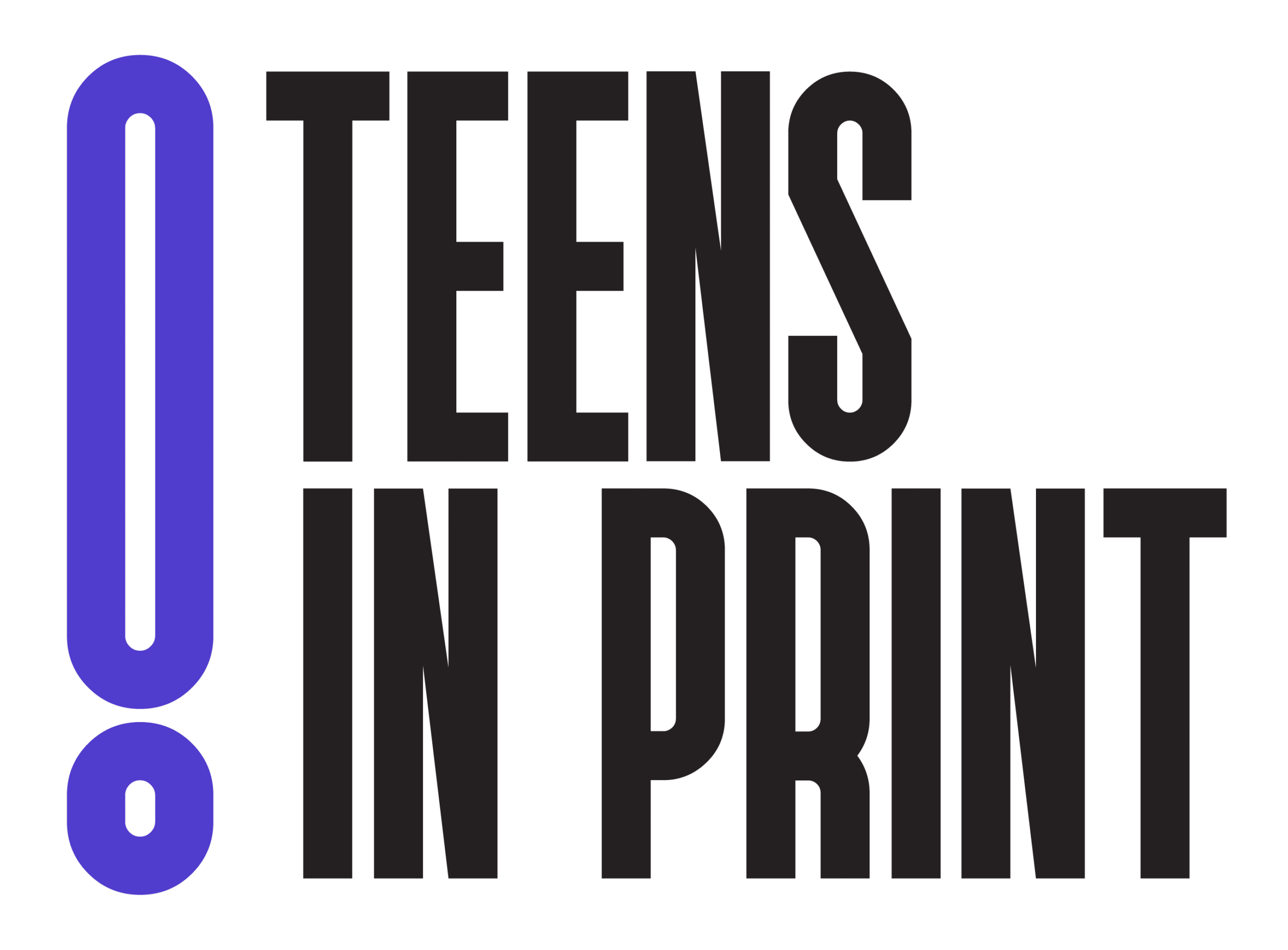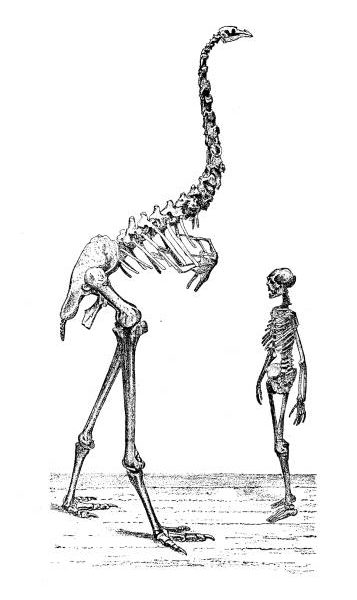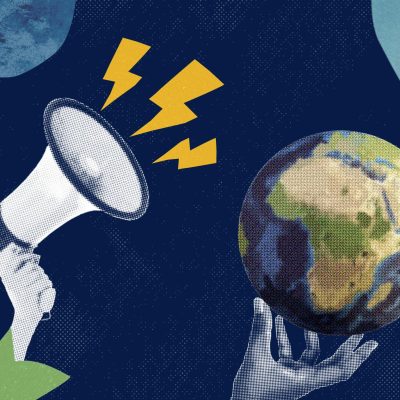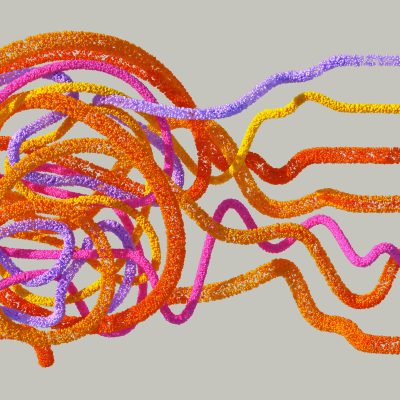De-Extinction: Is it a good idea?
Bringing back extinct animals might sound like an awesome idea at first. After all, who wouldn’t want to see a woolly mammoth or a dodo in real life? But when you really think about it, de-extinction has more problems than benefits.
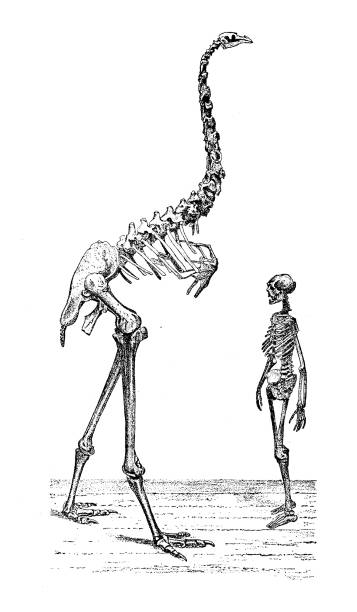
According to Britannica, most animals went extinct because of things like hunting, habitat destruction, or climate change. If we haven’t solved those problems, the animals we bring back will likely just die again. For example, the giant moa, a huge flightless bird from New Zealand, lived in forests that don’t even exist anymore. In a Live Science article, scientists said it would be extremely hard to bring back the moa because there’s no longer a suitable place for it to live. There’s no point in spending millions of dollars to bring something back if we can’t give it a proper home.
Another issue is that bringing back extinct animals could hurt the environment we already have. The world has changed a lot since those animals were alive. If we add them back into ecosystems, it could cause serious problems. A Yale Environment 360 article talks about how these animals might compete with species that already live there or become invasive, throwing off the balance of food chains. DNA samples from the extinct animal might contain diseases. Imagine putting a woolly mammoth into a place that now has people, cities, and farms. There’s no way it would fit in the same way it did thousands of years ago. We don’t know how they would act or how they’d affect plants and animals around them. Ecosystems are already struggling from climate change, so adding more pressure doesn’t seem smart.
Also, the science of de-extinction isn’t as perfect as people think. According to the National Library of Medicine, most extinct animals have old and damaged DNA, so companies like colossal biosciences have to combine it with DNA from living species. This means the “revived” animals aren’t even exactly the same as the originals. They’re part-clone, part-modern animal. A lot of times, the process doesn’t work well, and the baby animals die early or have serious health issues. So, we’re not really bringing back the real extinct animal. We’re creating something new and hoping it survives. That’s risky and maybe even cruel. Just because we have the technology doesn’t mean we should use it, especially if it leads to animal suffering.
In the end, bringing back extinct animals just isn’t a good idea. It sounds cool in theory, but in real life, it’s full of risks. We don’t have the right environments for them anymore, we don’t know how they’ll affect ecosystems, the science isn’t perfect, and we’re already failing to protect animals that still exist. If we really care about nature and animals, we should protect what we still have instead of trying to bring back the past. It’s okay to study extinct animals and learn from them, but de-extinction is not the solution. Let’s spend our time and energy saving the animals that still have a chance.

